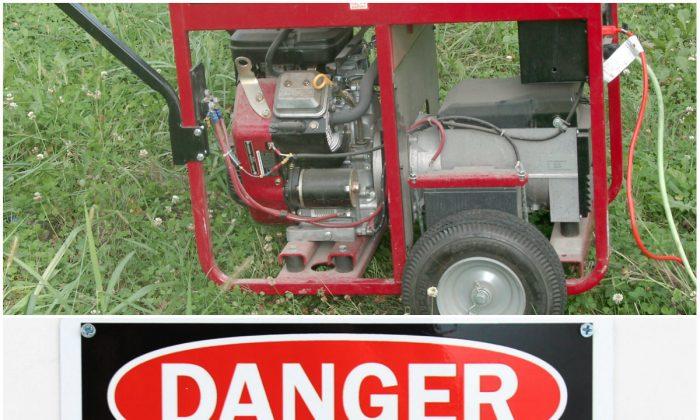At least five people have died and 19 more have been hospitalized in Florida due to carbon monoxide poisoning in recent days. Cases like these have increased due to improper use of generators by some of the hundreds of thousands who lost power due to Hurricane Irma.
A small generator can easily provide emergency power for a family, but its exhaust contains carbon monoxide, which can cause fatal poisoning.
On Tuesday, three died and four were hospitalized in a single case of suspected carbon monoxide poisoning in Orange County.
The family left a generator running in their garage, powering a fridge, a freezer, and two fans. The garage was made into an extended home. Presumably, as the fumes accumulated, the inhabitants were poisoned.
Orange County Fire Rescue arrived several minutes later and found two people dead inside. Another person died right after getting out of the house.
The dead were identified as Desiree Diaz Molina and her two children, Kiara Lebroz Diaz, 16, and Jan Lebron Diaz, 13.
Another generator was running inside a Daytona Beach home, causing the death of a woman and sending two other adults to hospital in critical condition from carbon monoxide poisoning.
Carbon monoxide is especially dangerous because it is odorless, colorless, and tasteless, and it bonds with red blood cells more easily than oxygen. When a person inhales it, the bloodstream will start to deliver carbon monoxide to the body before it does oxygen. But cells can’t survive without oxygen, especially brain cells.
- Dull headache
- Weakness
- Dizziness
- Nausea or vomiting
- Shortness of breath
- Confusion
- Blurred vision
- Loss of consciousness






Friends Read Free